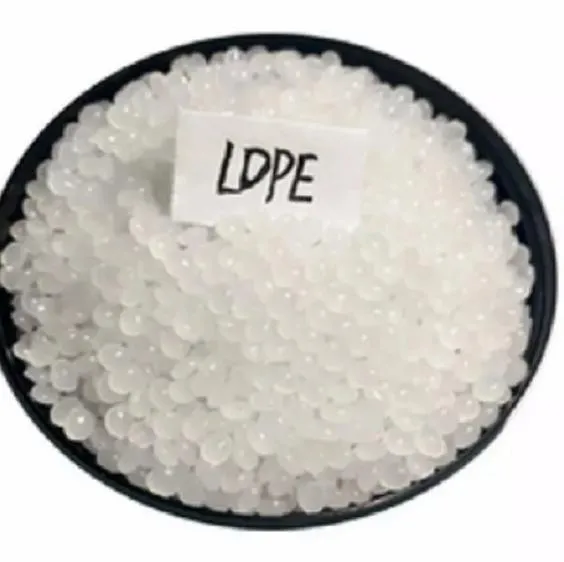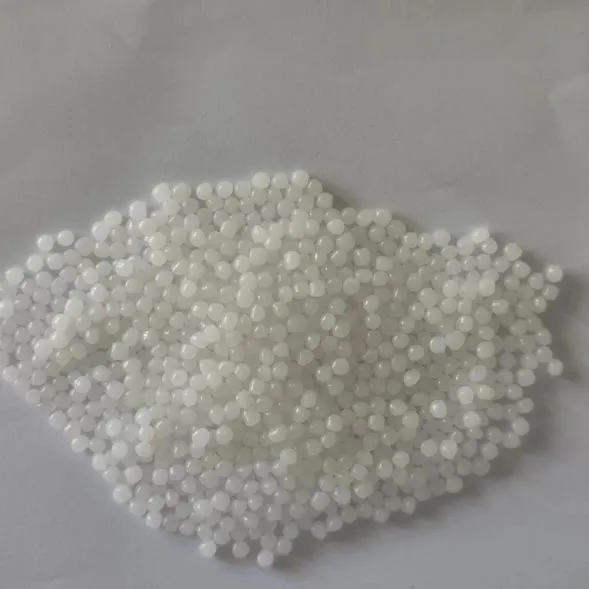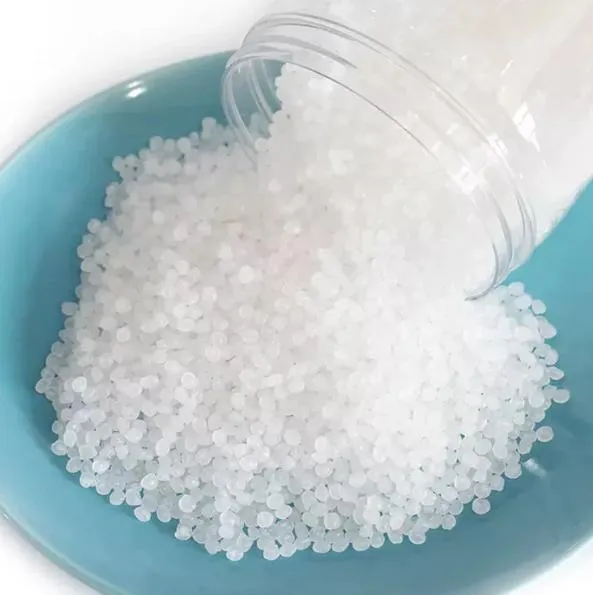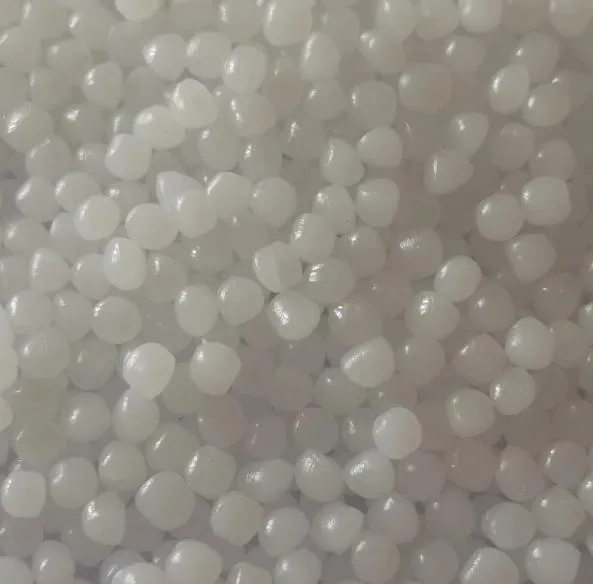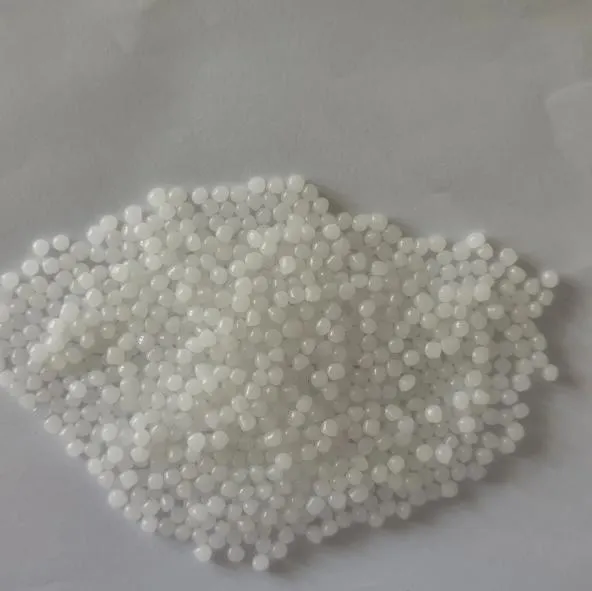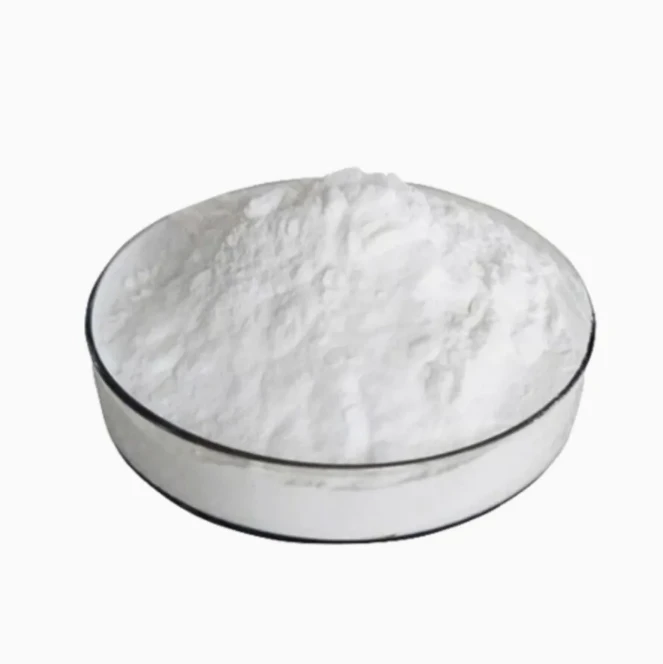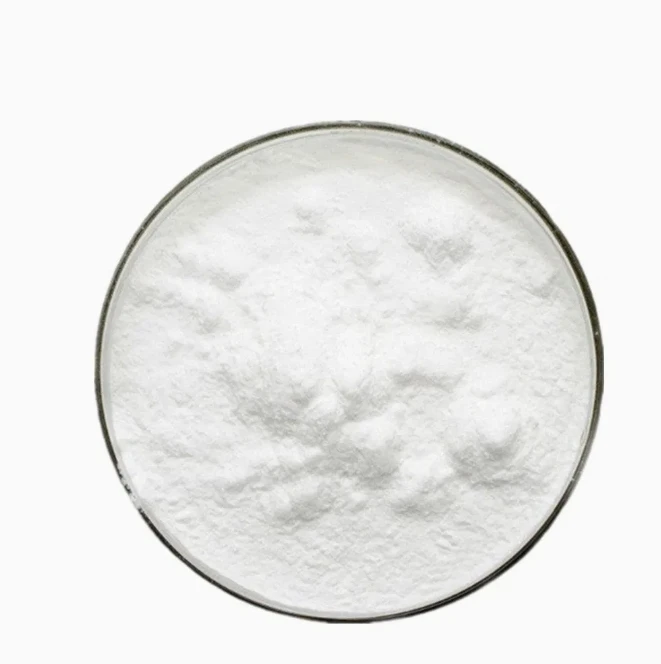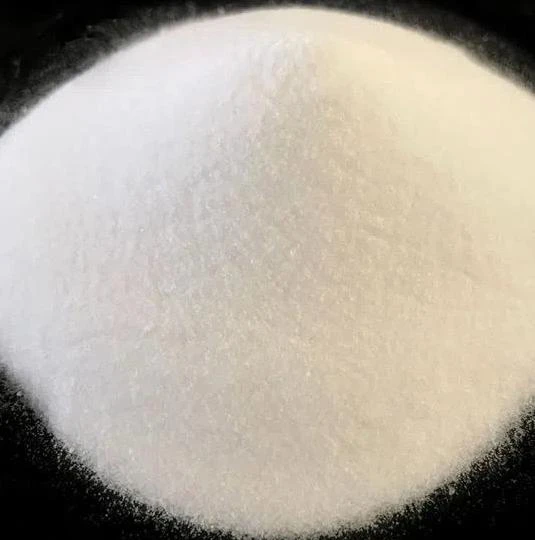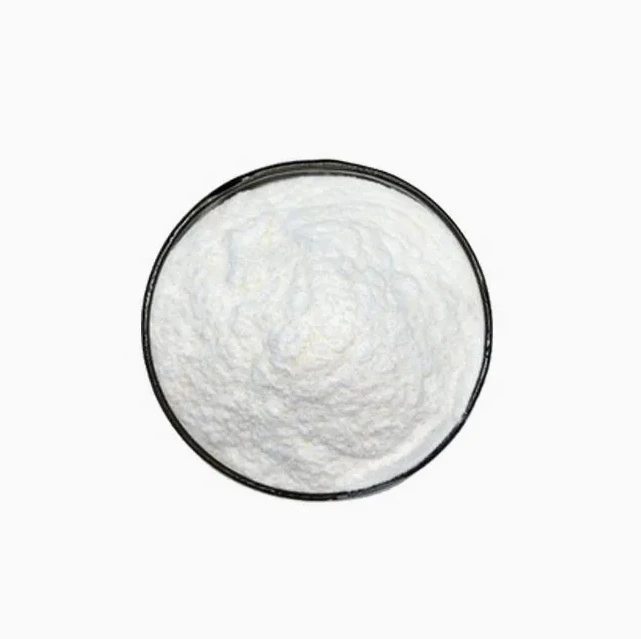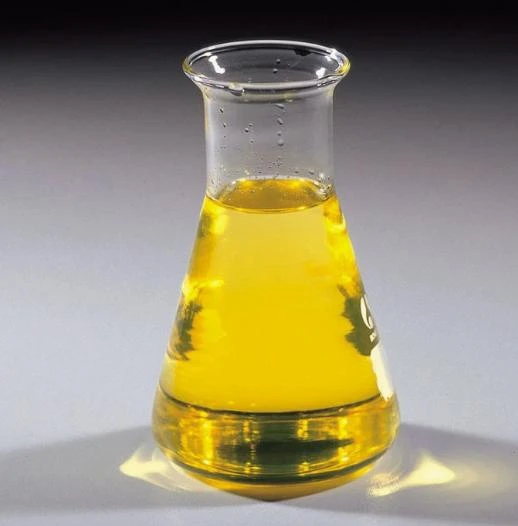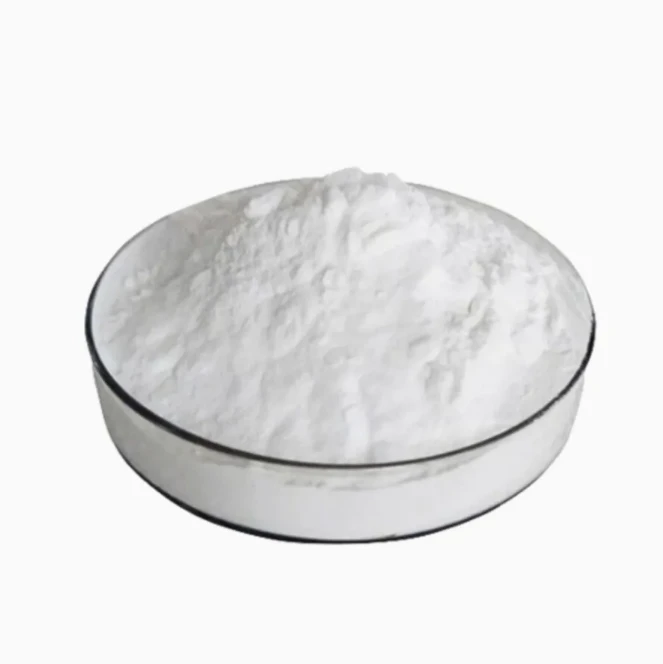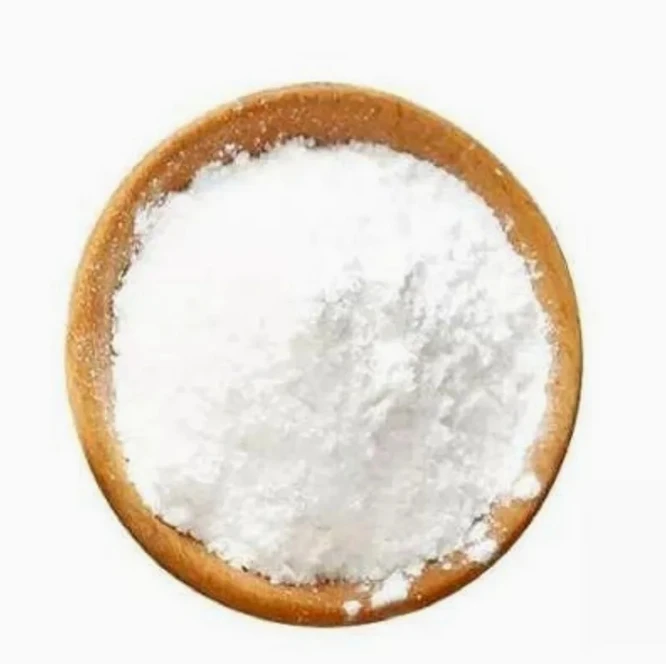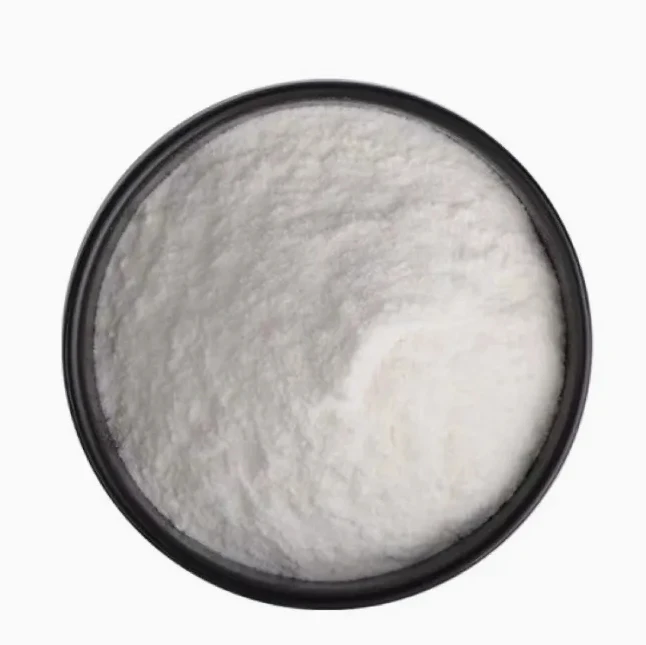 Imeeli: sale@hebeidisha.com
Imeeli: sale@hebeidisha.com
 Tẹli: +86 13315186550
Tẹli: +86 13315186550
- Afirika
- Ede Albania
- Amharic
- Larubawa
- Ara Armenia
- Azerbaijan
- Basque
- Belarusian
- Ede Bengali
- Ede Bosnia
- Bulgarian
- Catalan
- Cebuano
- China
- China (Taiwan)
- Corsican
- Ede Croatian
- Czech
- Danish
- Dutch
- English
- Esperanto
- Estonia
- Finnish
- Faranse
- Frisia
- Galician
- Georgian
- Jẹmánì
- Giriki
- Gujarati
- Haitian Creole
- hausa
- ara ilu Hawaiani
- Heberu
- Bẹẹkọ
- Miao
- Ede Hungarian
- Icelandic
- igbo
- Ede Indonesian
- Irish
- Itali
- Japanese
- Javanese
- Kannada
- Kasakh
- Khmer
- Ede Rwandan
- Korean
- Kurdish
- Kirgisi
- TB
- Latin
- Latvia
- Lithuania
- Luxembourgish
- Macedonian
- Malgashi
- Malay
- Malayalam
- Èdè Malta
- Maori
- Marathi
- Mongolian
- Mianma
- Nepali
- Norwegian
- Norwegian
- Occitan
- Pashto
- Persian
- Polish
- Portuguese
- Punjabi
- Romanian
- Russian
- Samoan
- Scotland Gaelic
- Ede Serbia
- English
- Shona
- Sindhi
- Sinhala
- Slovakia
- Slovenia
- Somali
- Ede Sipeeni
- Ede Sundan
- Swahili
- Swedish
- Tagalog
- Tajik
- Tamil
- Tatar
- Telugu
- Thai
- Tọki
- Turkmen
- Ukrainian
- Urdu
- Uighur
- Uzbekisi
- Vietnamese
- Welsh
- Egba Mi O
- Yiddish
- Yoruba
- Zulu
LDPE / LLDPE / HDPE
LOW DENSITY POLYETHYLENE (LDPE), commonly known as high-pressure POLYETHYLENE, is mainly used in plastic bags and agricultural film due to its LOW DENSITY and the softest material.
HIGH DENSITY POLYETHYLENE (HDPE) is commonly known as low pressure POLYETHYLENE. Compared with LDPE and LLDPE, it has higher temperature resistance, oil resistance, steam permeability resistance and environmental stress cracking resistance. In addition, it has good electrical insulation, impact resistance and cold resistance, which is mainly used in blow molding and injection molding fields.
Linear Low Density Polyethylene (LLDPE) is a copolymer of ethylene and a small amount of advanced olefin in the presence of catalyst.LLDPE is similar to LDPE in appearance, with poor transparency and good surface gloss. LLDPE has the advantages of low temperature toughness, high modulus, bending resistance and stress cracking resistance, and good impact strength at low temperature.
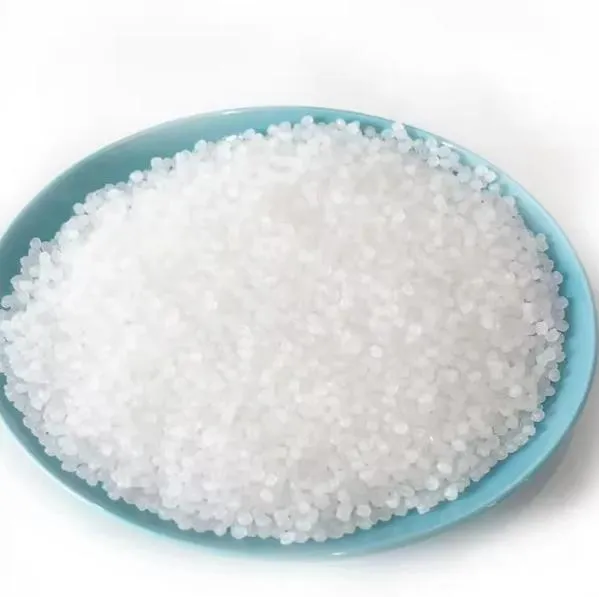


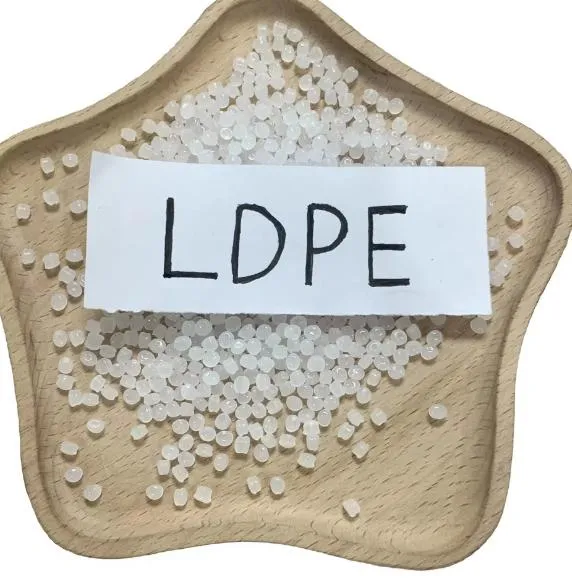
1. Polymer activation treatment, excellent compatibility, dispersibility, weather resistance and other properties.
2. Because it reduces the granulation, transportation, storage and loss of most raw materials, it is the lowest cost flame retardant method.
3. High whiteness, no effect on product color and other properties.
4. Strong anti-ultraviolet ability.
1. Lamination film, thin liners, shopping bags, carrier bags, garbage bags, coextruded films, consumer packaging and other general-purpose applications.
2. Shipping sacks, ice bags, frozen food bags, stretch wrap film, produce bags, liners, carrier bags, garbage bags, agricultural films, laminated and coextruded films for meat wrap,
3. Frozen food and other food packaging, shrink film (for blending with LDPE), industrial consumer packaging, and high clarity film applications if blended with (10~20%) LDPE.
A ni ọpọlọpọ awọn ile-iṣelọpọ giga-giga pẹlu ifowosowopo jinlẹ, eyiti o le fun ọ ni awọn ọja to gaju ati awọn idiyele ifigagbaga. Ati pe a tun le fun awọn ẹdinwo fun awọn rira olopobobo.Ati pe a ṣe ifọwọsowọpọ pẹlu ọpọlọpọ awọn ile-iṣẹ gbigbe ẹru ẹru ọjọgbọn, le fi awọn ọja ranṣẹ lailewu ati laisiyonu si ọwọ rẹ. Akoko ifijiṣẹ jẹ nipa awọn ọjọ 3-20 lẹhin ijẹrisi isanwo.




Film Grade
| Nkan | Test condition | Test Method | Value | Unit |
| Density | ISO 1183 | 0.944-0.955 | g/cm3 | |
| MFR | 190°C/2.16kg | ISO 1133 | 0.03-0.07 | g/10min |
| Tensile strength at yield | ISO 527-2 | 22 | MPa | |
| Elongation at break | ISO 527-2 | >350 | % | |
| ESCR | F50,50°C,100% | ASTM D-1693A | 1000 | h |
| VICAT | ASTM D-1525 | 126 | °C |
Blow Grade
| Nkan | Test Condition | Test Method | Value | Unit |
| Density | ISO 1183 | 0.950~0.955 | g/cm | |
| MFR | 190°C/2.16kg | ISO 1133 | 1.7~2.5 | g/10min |
| Tensile strength at yield | ISO 527-2 | 24 | MPa | |
| Elongation at break | ISO 527-2 | >600 | % |
Injection grade
| Nkan | Test Condition | Test Method | Value | Unit |
| MFR | 190°C/2.16kg | ASTM D-1238 | 20 | g/10min |
| Density | --- | ASTM D-792 | 0.954 | g/cm3 |
| Tensile strength at yiled | --- | ASTM D-638 | 28 | MPa |
| Elongation at break | --- | ASTM D-638 | 250 | % |
| Impact tensile strength | --- | ASTM D-1822 | 42 | kJ/m2 |
| ESCR | ASTM D-1693 | 3 | --- | |
| VACIT | --- | ASTM D-1525 | 127 | °C |
LDPE generally refers to linear low density polyethylene. In addition to theproperties of general polyolefin resins, its tensile strength, tear strength,resistance to environmental stress cracking, low temperature resistance,heat resistance, and puncture resistance are particularly superior, and hasachieved remarkable development.Although LLDPE belongs to the samedensity range as LDPE in the past, due to their different molecular structuresand melting rheological behaviors, their basic physical properties and moldingprocessing characteristics are also different.
High density Polyethylene (HDPE): is a highly crystalline non-polar thermoplastic resin produced through the copolymerization of ethylene and a small amount of α-olefin monomer. HDPE is synthesized under low pressure and is therefore also called low-pressure polyethylene. HDPE is mainly a linear molecular structure and has little branching. It has a high degree of crystallization and high density. It can withstand high temperatures and has good rigidity and mechanical strength and anti-chemical corrosion.
Awọn ohun-ini:
High density polyethylene for non-toxic, tasteless, no smelly white particles, melting point is about 130 ° C, relative density of
0.941 ~ 0.960. It has good heat resistance and cold resistance, chemical stability, but also has high rigidity and toughness, good
mechanical strength. Dielectric properties, environmental stress cracking resistance sex also is good.

1. Ṣe o jẹ ile-iṣẹ tabi ile-iṣẹ iṣowo kan?
A jẹ ile-iṣẹ iṣọpọ compnay ati iṣowo, ti n pese iṣẹ iduro kan.OEM le gba.
2. Ṣe o pese awọn ayẹwo? Ṣe o jẹ ọfẹ tabi afikun?
Awọn ayẹwo ọfẹ.Ọya ẹru ọkọ ayẹwo naa nilo lati san nipasẹ ẹgbẹ rẹ.
3. Ṣe o ni awọn iwe-ẹri eyikeyi ti o ni ibatan si iṣakoso didara?
ISO 9001: 2008 iwe-ẹri lati rii daju didara.
4. Kini MO yẹ ki n pese lati gba agbasọ ọrọ kan?
Pls sọ fun wa iru ọja ti o nilo, iwọn ibere, adirẹsi ati awọn ibeere pataki.Itọkasi yoo ṣee ṣe fun itọkasi rẹ ni akoko.
5. Iru ọna sisan wo ni o fẹ? Iru awọn ofin wo ni a gba?
Awọn ofin Ifijiṣẹ ti a gba: FOB, CFR, CIF, EXW;
Ti gba Owo Isanwo:USD;
Ti gba Isanwo Isanwo: T/T,Western Union; Paypal, Iṣowo Iṣowo.
Ede Sọ: Gẹẹsi.
Awọn ẹka ọja
